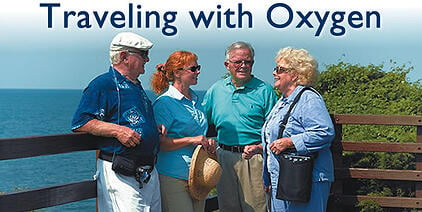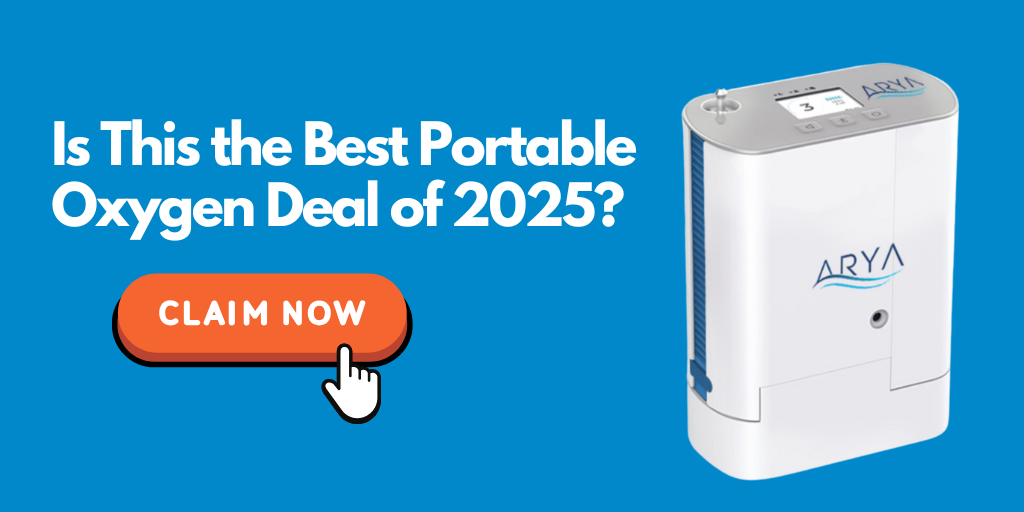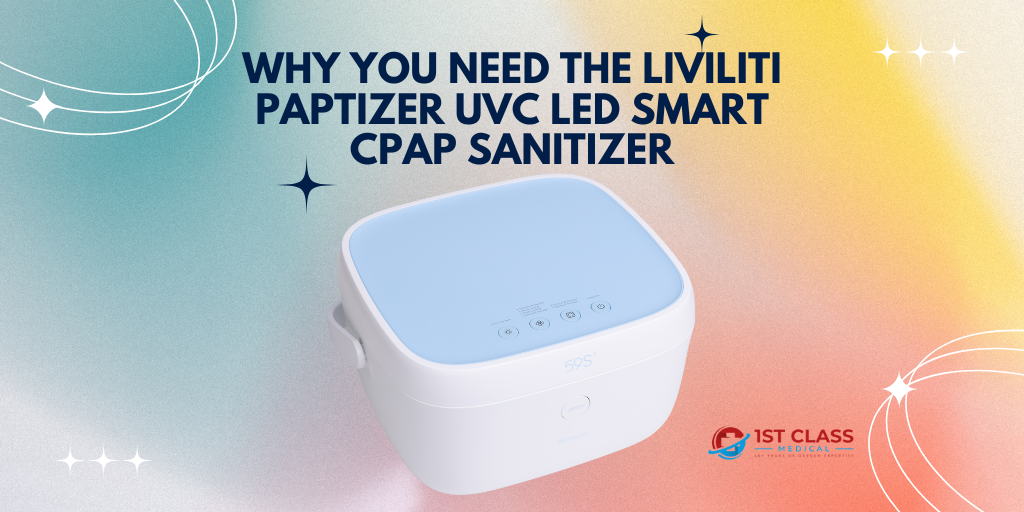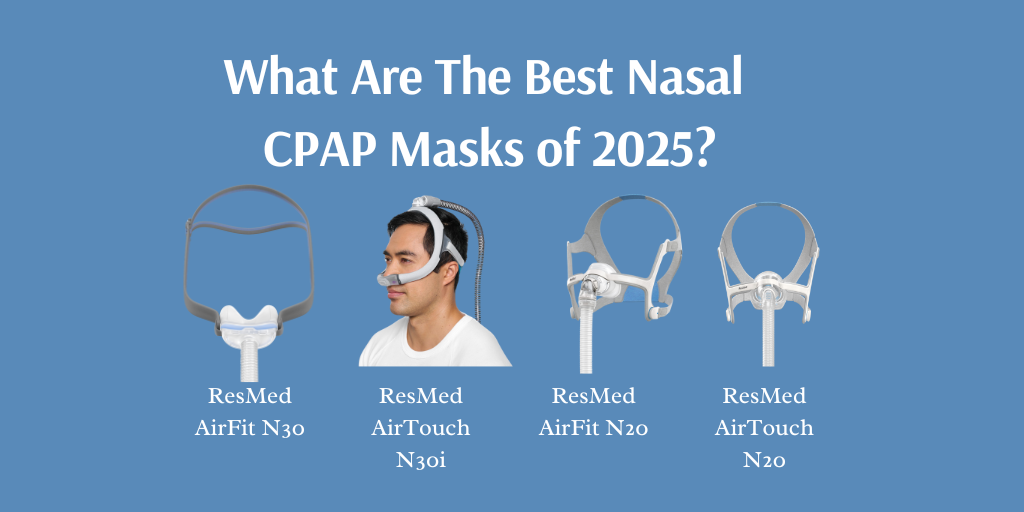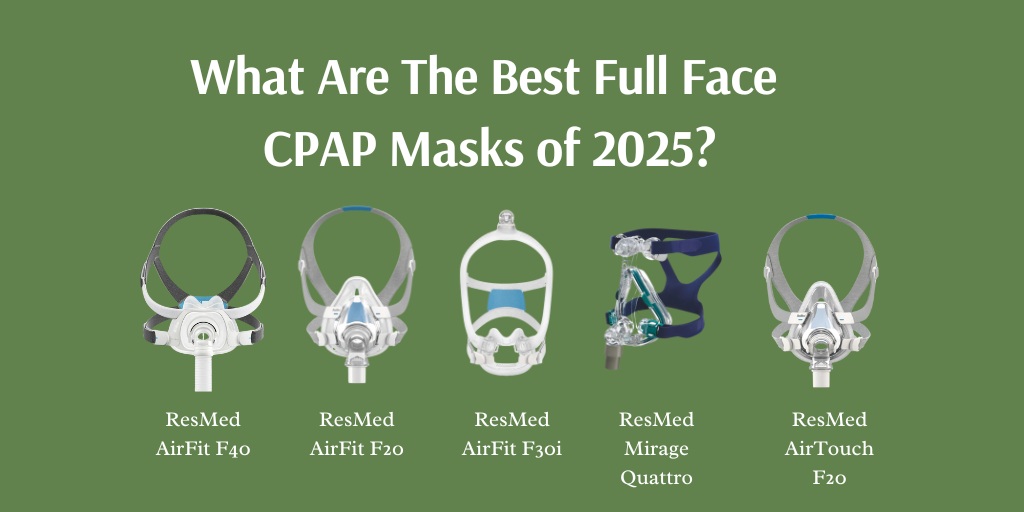Although the weather is telling you to stay inside and keep warm, travel season is right around the corner. Many of you may have children or grandchildren that have spring and summer break coming up which are both great opportunities to get together with the whole family. As you may know, traveling as an oxygen patient is one of the hardest things to do. While having an oxygen concentrator definitely makes traveling easier, it is not impossible to travel with oxygen tanks or liquid oxygen. Before making travel plans, take a look at our travel guide and other posts to help make traveling with oxygen that much easier.
Before Traveling
Before you travel there are a few things you should do to help make your travel experience hassle-free. For starters, you will want to decide when, where, and how you will be traveling. After making that big decision and before you book your vacation, you will want to speak with your primary care physician or pulmonary physician. This is to ensure that it is safe for you to travel. There are a number of factors your doctor will take into consideration like; climate change, change in elevation, and the duration of your trip. In some cases your doctor may adjust your oxygen flow settings to ensure you are getting enough oxygen while you are on vacation. While you are speaking with your doctor, we recommend that you get a copy of your oxygen prescription to keep on you at all times.
Traveling by Land
Traveling by land is the easiest route for oxygen patients to take. It requires the least amount of planning and gives you more freedom as far as a schedule goes. Traveling by land gives you 3 options; automobile (car/R.V.), bus, or train.
Traveling by Automobile
Using your own vehicle, whether it is a car or an R.V. gives you the most freedom. You can bring your oxygen tanks, liquid oxygen, or portable oxygen concentrator with you no matter where you are headed. If you are using a portable oxygen concentrator you will have at least two options to power your machine; the lithium-ion rechargeable batteries or the DC power supply. Here are some guidelines for traveling with oxygen in your automobile:
- NEVER smoke while using oxygen or while you are around someone who is using oxygen
- NEVER store or leave your oxygen tanks, liquid oxygen, or portable oxygen concentrator in a hot car or compartment
- Sit near a partially opened window to prevent oxygen from building up in your vehicle
- Do not store anything on top of your portable oxygen concentrator
- Remember to properly store and secure your oxygen delivery system in an upright position
- DO NOT store extra oxygen tanks in your trunk
- Be sure to keep your oxygen provider's phone number on hand if you have any questions
Traveling by Bus
Using a commercial bus line like Greyhound for travel is fairly easy for oxygen patients. Greyhound says you are required to give them 48 hours of notification that you will be traveling with a portable oxygen concentrator. The 48 hours of notification gives Greyhound enough time to supply you with assistance if you need it. To arrange assistance provided by Greyhound call their customer service for travelign with disabilities line: 1-800-752-4841. If you are traveling with oxygen tanks, you are allowed to bring a total of 4 oxygen cylinders with you; 2 can be brought on board with you while the other 2 are required to go in the cargo compartments as checked baggage. For more information on traveling with oxygen on Greyhound, visit this webpage.
Traveling by Train
AMTRAK has a pretty lenient system when it comes to patients traveling with their oxygen. If you do not have a portable oxygen concentrator, AMTRAK allows the total weight of all oxygen cylinders to be up to 120 pounds. Within the 120 pound weight limit, they allow you have up to 2 tanks weighing 50 pounds each or up to 6 tanks weighing up to 20 pounds each. If you are traveling with a portable oxygen concentrator, your machine must be able to operate of lithium-ion batteries for a minimum of 4 hours. Here are some travel tips if you are traveling by train:
- AMTRAK requires at least 12 hours notice that you will be traveling with a portable oxygen system. This rule applies to every oxygen patient.
- You cannot make reservations online if you require oxygen. To book your AMTRAK reservation call 1-800-USA-RAIL (1-800-872-7245) or 1-800-523-6590.
- If you book a sleeper car, First Class seat, or Business Class seat you will most likely have access to a standard 110v outlet to power your portable oxygen concentrator.
Traveling by Air
Traveling on a commercial airline takes the most planning and preparation. If you do not have a portable oxygen concentrator, you will need to purchase or rent one in order to board a flight. The only portable oxygen therapy systems allowed on board are FAA approved portable oxygen concentrators. Once you have an FAA approved portable oxygen concentrator you will need to make sure you have 150% of your flight time in battery life. If your flight is 4 hours, you need 6 hours of battery life. Along with having the correct amount of battery life, airlines require a signed copy of your prescription as well as a written statement from your doctor. Take a look at some tips from Oxygen Concentrator Depot in regards to flying with a portable oxygen concentrator:
- Notify the airline that you will be traveling with a portable oxygen concentrator when you book your flight
- Keep a copy of your prescription for oxygen with you at all times
- Ensure you have enough battery life
- Confirm with your airline within 48 hours of your flight that you will be bringing a portable oxygen concentrator on board for use during the flight.
Traveling by Sea
Taking a cruise is a great option for a vacation. Most commercial cruise lines allow you to bring your own oxygen supply on board. Each cruise line has a different policy in regards to traveling with oxygen so be sure to become familiar with each cruise lines' policies. Here is a list of the most popular cruise lines with their websites and phone numbers attached:
| Carnival Cruise Line | www.carnival.com | 1-800-764-7419 |
| Celebrity Cruise Line | www.celebritycruise.com | 1-800-647-2251 |
| Costa Cruise Line | www.costacruise.com | 1-800-445-8020 ext 5009 |
| Crystal Cruise Line | www.crystalcruises.com | 1-800-728-6273 |
| Cunard Cruise Line | www.cunard.com | 1-800-728-6273 |
| Disney Cruise Line | www.disneycruise.disney.go.com | 1-800-951-3532 |
| Holland America | www.hollandamerica.com | 1-877-724-6237 |
| Norwegian Cruise Line | www.ncl.com | 1-866-234-7350 |
| Princess Cruise Line | www.princess.com | 1-800-774-6237 |
| Regent Seven Seas Cruise Line | www.rssc.com | 1-877-505-5370 |
| Royal Caribbean Cruise Line | www.royalcaribbean.com | 1-888-562-7625 |
| Windstar Cruise Line | www.windstarcruises.com | 1-800-258-7245 |


